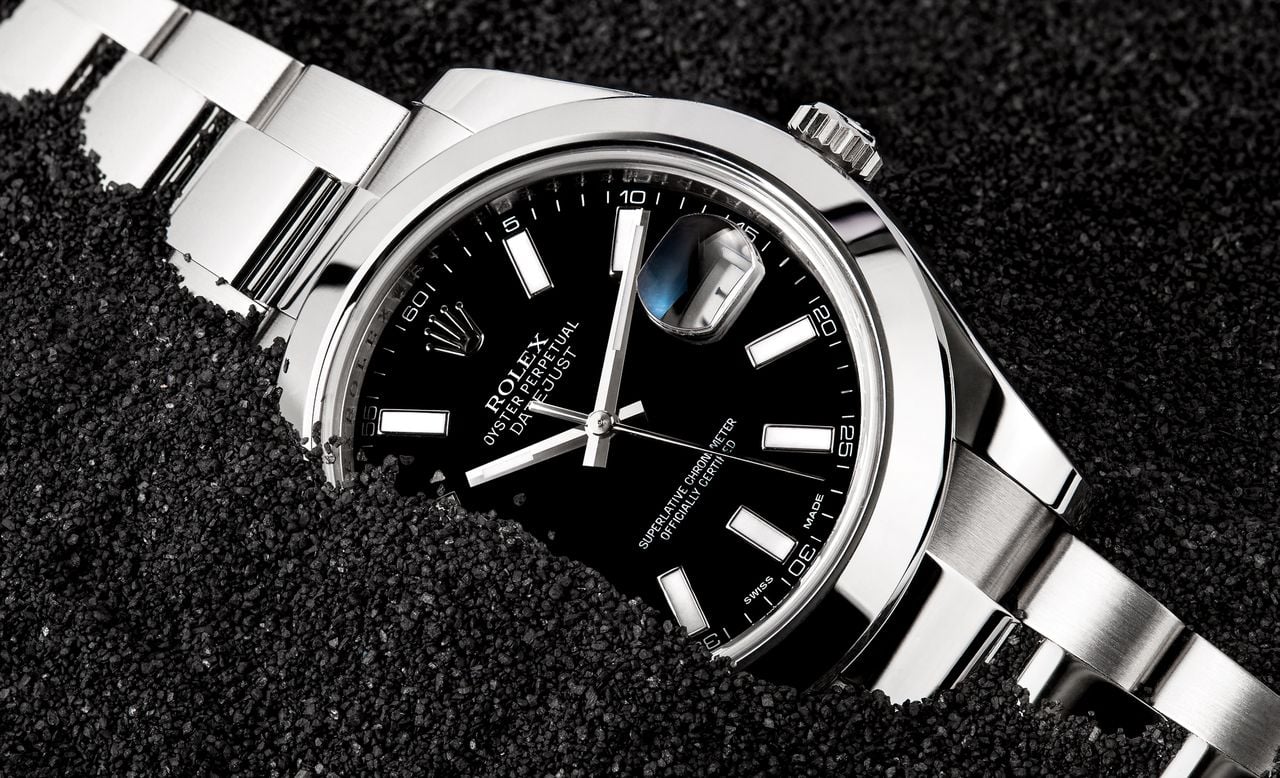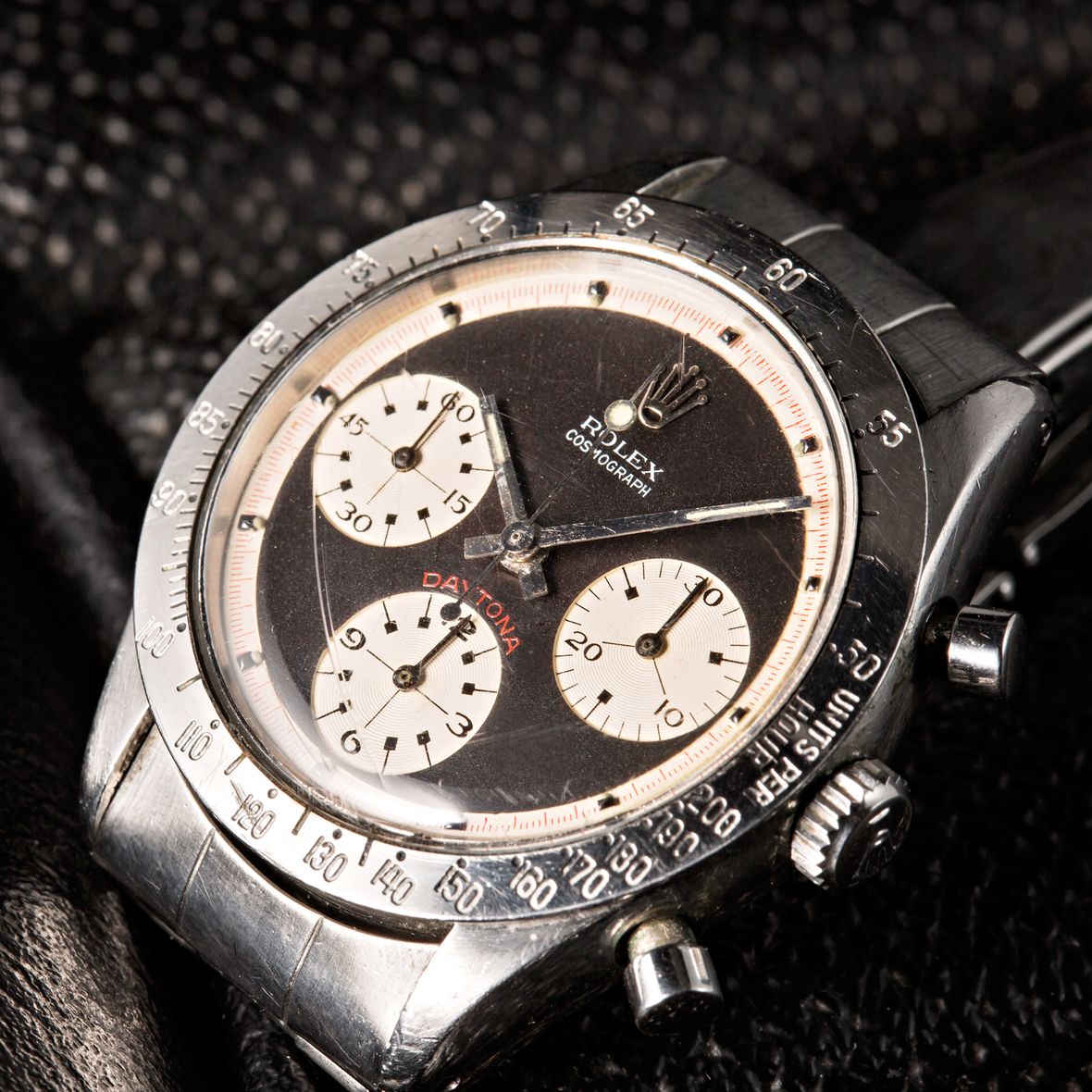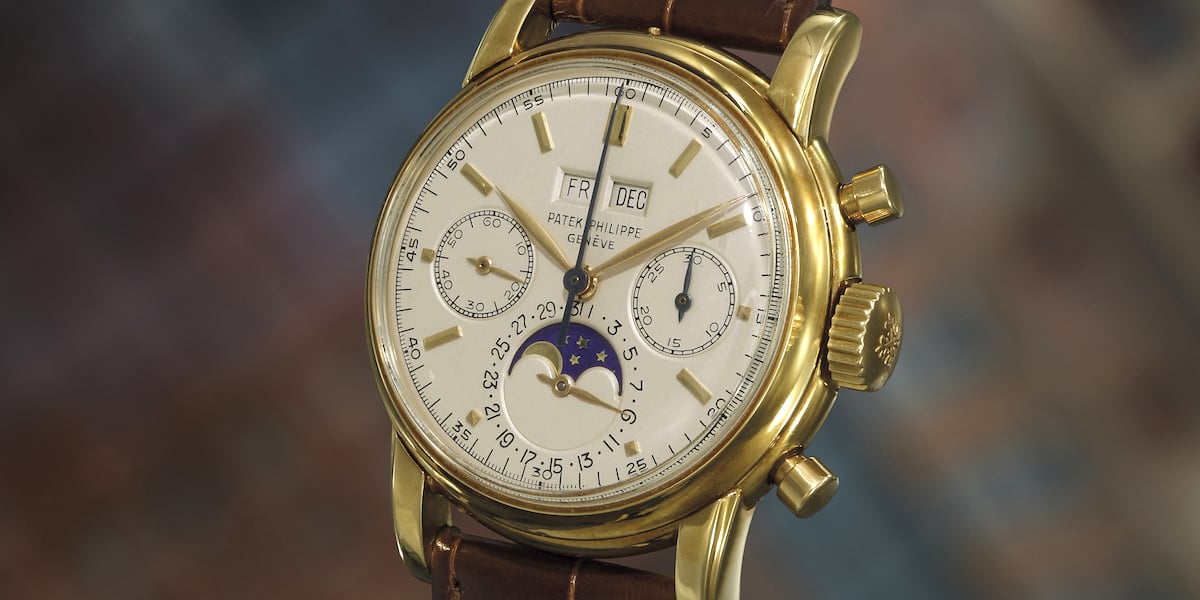Tourbillon watches represent the pinnacle of luxury horology, known for their intricate movements and precision. This guide explores the finest tourbillon models from revered brands like Patek Philippe, Audemars Piguet, and OMEGA, offering insights into their craftsmanship, appeal, and value. For collectors and enthusiasts, each luxury watch here captures the essence of elegance and engineering excellence.
What Is a Tourbillon?
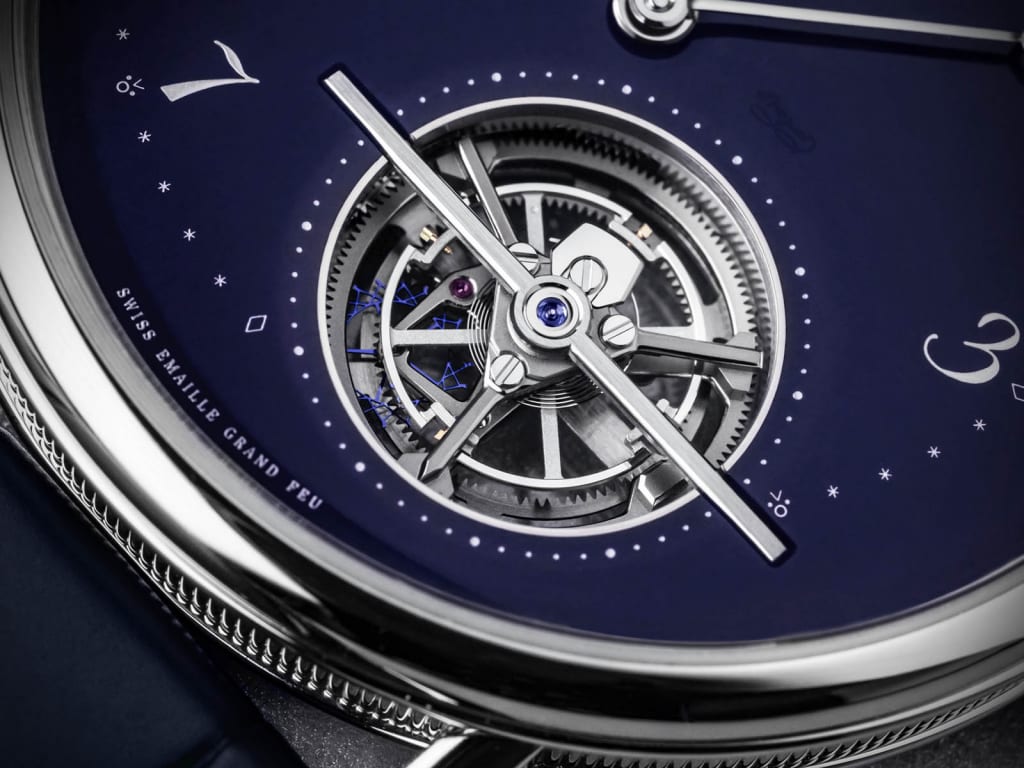
The world of haute horologie celebrates the tourbillon as its most prestigious complication, representing the pinnacle of mechanical watchmaking expertise. This fascinating mechanism continues to captivate collectors and enthusiasts while demonstrating the remarkable achievements possible in mechanical timekeeping.
Explanation of Tourbillon
The tourbillon mechanism is a brilliant rotating cage that encloses both the escapement and balance wheel, typically completing a full rotation every minute. This remarkable invention, patented by Abraham-Louis Breguet in 1801, was designed to counteract the effects of gravity on timekeeping accuracy. By rotating the regulating components through different positions, the tourbillon averages out positional errors, achieving improved chronometric performance, especially in vertical orientations.
The term “tourbillon” translates from French as “whirlwind,” aptly describing the captivating motion of this intricate mechanism. Through an aperture in the dial, watch enthusiasts can witness the graceful dance of the tourbillon cage, with dozens of precisely finished components moving in harmony. This visible spectacle serves both functional and aesthetic purposes, showcasing a high point of horological artistry.
Importance in Watchmaking
Creating a tourbillon demands exceptional skill and patience, requiring master watchmakers to invest hundreds of hours assembling and adjusting components measuring mere fractions of a millimeter. Each element undergoes extensive hand-finishing, from polished pivots and beveled bridges to carefully rounded jewel countersinks, demonstrating dedication to traditional craftsmanship rarely seen in modern manufacturing.
While contemporary timekeeping solutions might achieve greater precision through electronic means, the tourbillon endures as a testament to mechanical innovation and human ingenuity. This complication represents the preservation of centuries-old watchmaking traditions, combining historical expertise with modern manufacturing capabilities to create timepieces that transcend mere functionality, becoming wearable works of mechanical art that celebrate human achievement.
Key Factors When Choosing a Tourbillon Watch
When evaluating tourbillon timepieces, several critical elements influence both their immediate appeal and long-term value. Understanding these essential aspects helps collectors make informed decisions when investing in these extraordinary mechanical masterpieces, ensuring appreciation for both technical excellence and artistic merit.
Craftsmanship & Heritage
The reputation and legacy of a watchmaking house significantly influence the quality and desirability of tourbillon timepieces. Manufacturers with centuries of experience have developed unique techniques and innovations passed down through generations of master watchmakers, creating distinctive characteristics that set their creations apart in the competitive landscape of haute horlogerie.
When examining tourbillon watches, consider manufacturers maintaining complete in-house production capabilities, as this demonstrates extraordinary commitment to horological excellence. These establishments often employ multiple generations of skilled artisans who preserve specialized techniques while embracing modern innovations, ensuring each timepiece represents the perfect fusion of traditional craftsmanship and contemporary precision engineering.
Movement & Complexity
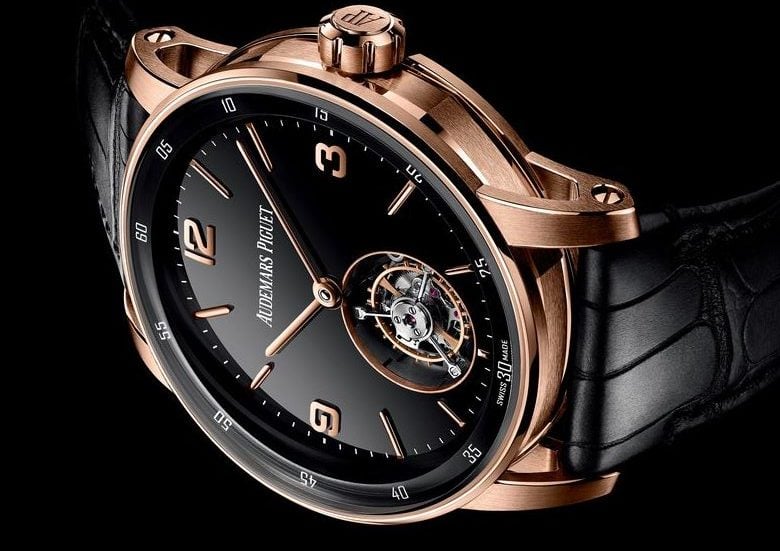
The movement architecture forms the foundation of any fine tourbillon watch, with its complexity and execution determining both performance and value. Manual-winding calibers typically allow for slimmer case profiles while offering a more intimate connection to the timepiece through daily winding rituals, appealing to collectors who appreciate traditional watchmaking values and hands-on interaction with their timepieces.
Contemporary automatic tourbillons showcase technical innovation by seamlessly integrating self-winding mechanisms with classical complications. Many manufacturers further demonstrate their expertise by incorporating additional functions such as perpetual calendars, chronographs, or minute repeaters, creating sophisticated mechanical orchestras that elevate both technical achievement and practical utility.
Design & Aesthetic Appeal
Creating a successful tourbillon watch requires achieving perfect harmony between technical sophistication and visual elegance. The placement and execution of the tourbillon aperture demand careful consideration, as this mechanical showcase often becomes the focal point of the entire design, requiring masterful integration with other dial elements to maintain visual balance and readability.
Contemporary interpretations frequently incorporate advanced materials and architectural elements while respecting classical watchmaking principles. The interplay between case design, dial composition, and movement finishing must create a cohesive aesthetic that enhances the beauty of the tourbillon mechanism without overwhelming it, resulting in timepieces that function as both precision instruments and works of art.
Exclusivity & Rarity
The most coveted tourbillon watches emerge from strictly limited production runs, reflecting both manufacturing complexity and market positioning. The extensive time required for assembly, adjustment, and finishing naturally restricts production numbers, while the scarcity of qualified watchmakers capable of working at this level ensures these timepieces remain exclusive.
Leading manufacturers often create unique pieces or small series featuring special finishing techniques, rare materials, or additional complications. These exceptional examples frequently become centerpieces of important collections, appreciated not only for their technical excellence but also for their potential to increase in value while celebrating the pinnacle of watchmaking achievement.
The Best Tourbillon Watches by Top Luxury Brands
The landscape of fine watchmaking presents an extraordinary array of tourbillon masterpieces, each embodying the highest achievements in mechanical horology from globally recognized luxury manufacturers. These exceptional timepieces demonstrate the perfect synthesis of traditional craftsmanship, technical innovation, and artistic expression that defines contemporary haute horlogerie.
Patek Philippe Grand Complications Sky Moon Tourbillon
The Patek Philippe Grand Complications Sky Moon Tourbillon stands as an unparalleled expression of watchmaking excellence, combining centuries of expertise with innovative technical solutions. The dial showcases Grand Feu champlevé and cloisonné enameling. In addition, the double-faced case, crowns, slide piece, hour/minute hands, and fold-over clasp are all hand-engraved with volutes. The watch ensures perfect legibility without compromising aesthetic refinement.
Master artisans invest hundreds of hours in hand-finishing each component to exceptional standards. The movement architecture reveals Patek Philippe’s renowned attention to detail through traditionally executed Geneva striping, perlage, and black polishing techniques that transform each mechanical component into a miniature work of art.
The case design maintains classical proportions while incorporating subtle refinements that ensure both wearing comfort and visual elegance. Every surface receives careful attention through multiple stages of polishing and finishing, creating smooth transitions between surfaces that reflect light in sophisticated ways. This attention to detail extends to the smallest components, including hand-polished screws and jewel settings.
These timepieces represent the culmination of Patek Philippe’s expertise in complications, with each example undergoing extensive testing and adjustment before leaving the manufacture. The extreme complexity of production naturally limits availability, making these watches particularly appealing to collectors who value both technical sophistication and investment potential in the realm of haute horlogerie.
Audemars Piguet Royal Oak Tourbillon
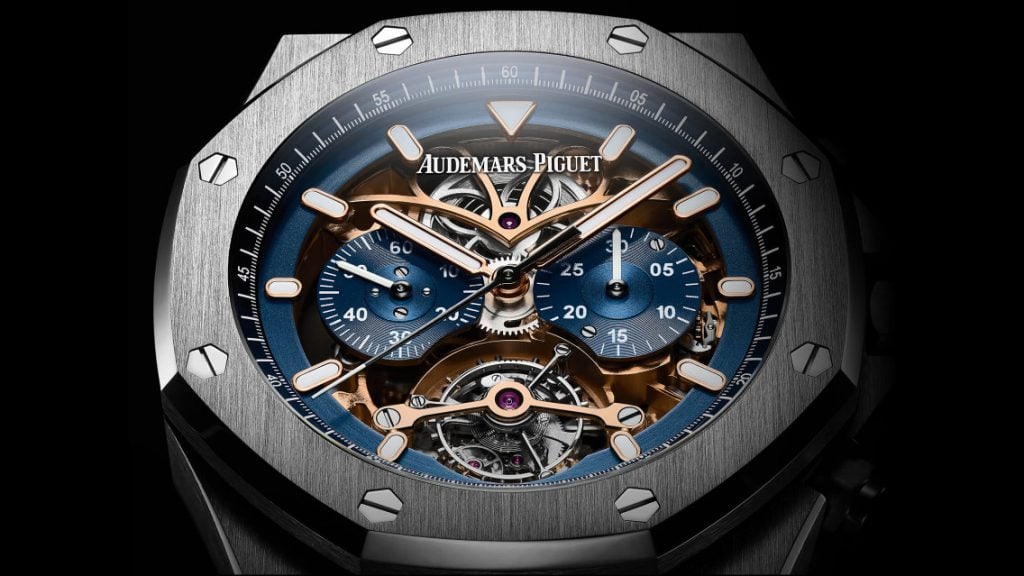
The AP Royal Oak collection represents the epitome of luxury sports watch design, seamlessly blending haute horlogerie with contemporary aesthetics. Within this iconic line, the Royal Oak Tourbillon boldly redefines how complications are integrated into a sports watch. The watch’s signature octagonal bezel and tapisserie dial create an unmistakable presence, while the prominently displayed tourbillon mechanism adds mechanical intrigue through its sophisticated architecture and exceptional finishing.
Advanced materials including forged carbon, ceramic, and titanium demonstrate Audemars Piguet’s commitment to innovation in modern watchmaking. These contemporary elements contrast beautifully with traditional hand-finishing techniques applied to movement components, creating fascinating juxtapositions between cutting-edge technology and classical craftsmanship that define modern luxury watchmaking.
The robust case construction achieves 50m water resistance, perfect for daily wear, while maintaining the delicate balance required for precise tourbillon operation, representing a remarkable technical achievement. Each component undergoes extensive testing to ensure reliability under various conditions, making these watches suitable for active wear while retaining the sophistication expected of haute horlogerie timepieces.
The movement architecture reveals beautiful contrasts between brushed and polished surfaces, visible through the sapphire caseback. Hand-beveled bridges, polished countersinks, and other traditional finishing techniques demonstrate Audemars Piguet’s commitment to maintaining the highest standards of watchmaking craft while pushing boundaries in contemporary design and material innovation.
OMEGA De Ville Tourbillon
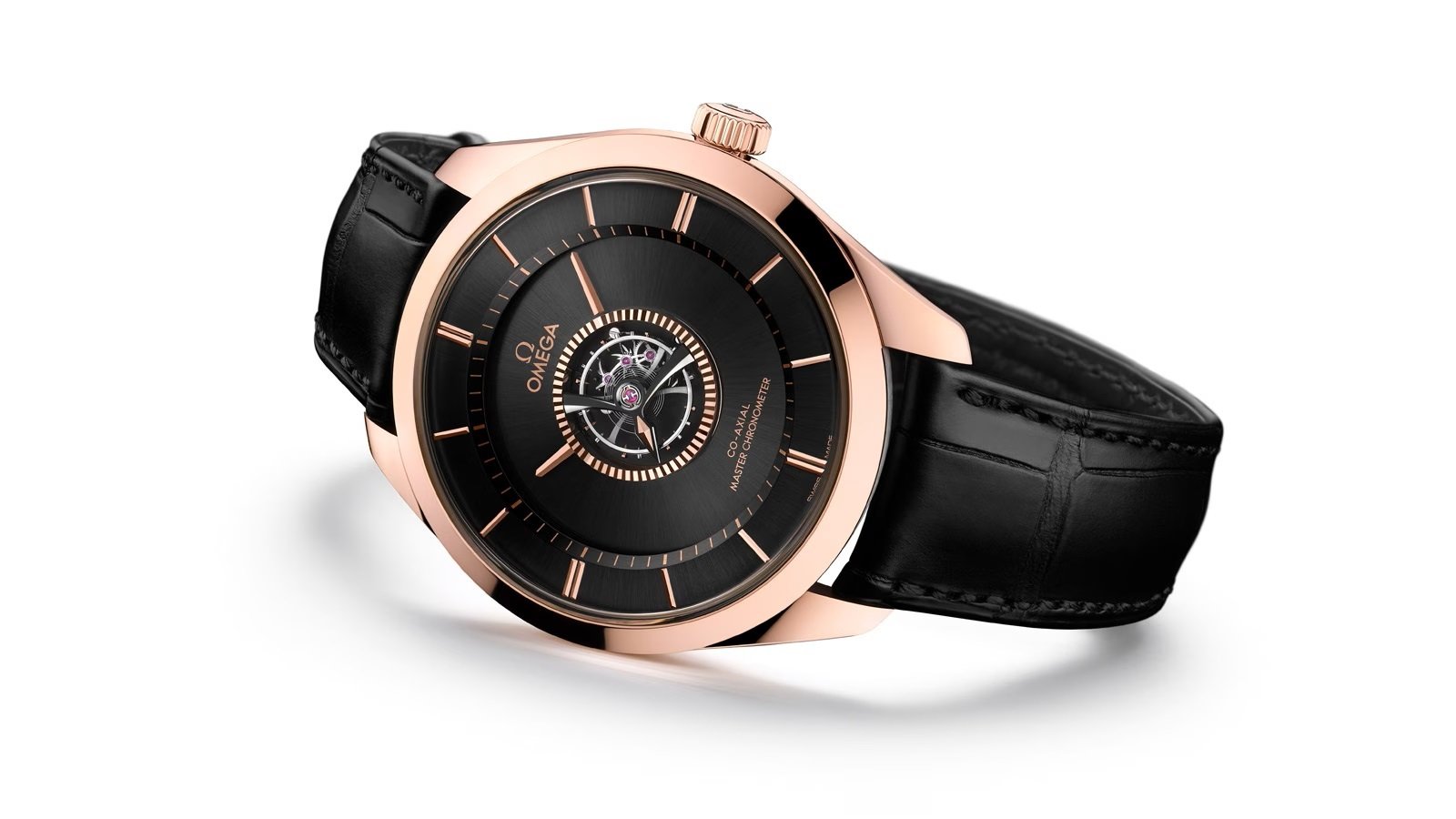
OMEGA approaches tourbillon design with a focus on chronometric excellence, embodied in the OMEGA De Ville collection. The central placement of the tourbillon creates perfect symmetry within the dial, showcasing technical expertise through its unique construction. This design harmoniously blends traditional watchmaking principles with modern materials and manufacturing techniques to enhance performance.
The integration of the Co-Axial escapement and silicon components demonstrates OMEGA’s commitment to advancing mechanical watchmaking technology. These modern innovations significantly reduce friction and magnetism while enhancing reliability and precision, proving that contemporary engineering can elevate traditional complications to new levels of performance without sacrificing their classical appeal.
The movement finishing demonstrates exceptional attention to detail, combining traditional techniques like Geneva waves and perlage with contemporary aesthetic elements that create a distinct visual identity. Each component undergoes careful decoration and assembly by master watchmakers who ensure perfect functionality while maintaining the highest standards of finish expected in haute horlogerie.
With COSC certification, the OMEGA De Ville tourbillon watches exemplify exceptional accuracy, proving that beauty and performance can coexist in modern watchmaking. The case proportions balance presence with wearability, while the dial offers optimal legibility through thoughtful design and high contrast among its elements.
Panerai Luminor 1950 Tourbillon GMT
Panerai reimagines the tourbillon complication through its distinctive Italian design philosophy, creating timepieces that combine technical sophistication with bold aesthetics. The Panerai Luminor 1950 collection, known for its signature cushion case and minimalist dial, provides an ideal stage for showcasing the tourbillon mechanism. The addition of GMT functionality demonstrates Panerai’s ability to blend practical complications with haute horlogerie craftsmanship.
The movement architecture reflects Panerai’s military heritage through robust construction and innovative material selection, ensuring reliability while maintaining exceptional finishing standards. Each component receives careful attention during the manufacturing process, with traditional finishing techniques adapted to complement the brand’s contemporary design language and technical requirements.
The integration of multiple complications within Panerai’s iconic case design demonstrates remarkable creativity in modern watchmaking. The tourbillon, visible through the caseback, adds mechanical intrigue while maintaining the clean, purposeful aesthetic that defines the brand’s design philosophy and appeals to collectors seeking something uniquely different in high-end watchmaking.
The combination of traditional complications with modern engineering creates timepieces that function equally well as daily-wear watches and collectible examples of contemporary haute horlogerie. These watches represent a unique fusion of Italian design sensibility and Swiss watchmaking tradition, offering an alternative perspective on how high complications can be interpreted for modern collectors.
Cartier Rotonde de Cartier Skeleton Mysterious Double Tourbillon
Another name representing the finest in haute horlogerie, Cartier has produced some iconic timepieces during their 170-year history. Their latest though is on another planet from the simple elegance of a Tank or a Santos.
Housed inside a 45mm platinum case, the Mysterious’s skeletonized bridges form the dial’s Roman numeral indexes, while at the same time letting you see the magnificent Cal. 9465 MC at work. The in-house, manually-wound 26 jewel movement is made up of 286 components and gives a 52-hour reserve.
The real news, however, is the double-flying tourbillon at the six o’clock. Seeming as if it is floating in thin air, hence the ‘Mysterious’ tag, the mechanism completes one full revolution every 60 seconds, while the cage itself rotates around its large aperture every five minutes. It is a stunning example of what can be done with over a century and a half of watchmaking tradition behind you.
The otherwise monochromatic piece is given a couple of flashes of color, in the blue sapphire cabochon topping the winding crown and with the blued steel hands that gives the watch a great deal of legibility, despite the intricacies of the dial’s many flanks and angles, and the fluted outer ring of the tourbillon’s setting.
The Rotonde de Cartier Skeleton Mysterious Double Tourbillon was a limited edition, restricted to just 30 pieces, with a price of around $216,000 at the time of its release.
Factors Influencing the Price of Tourbillon Watches
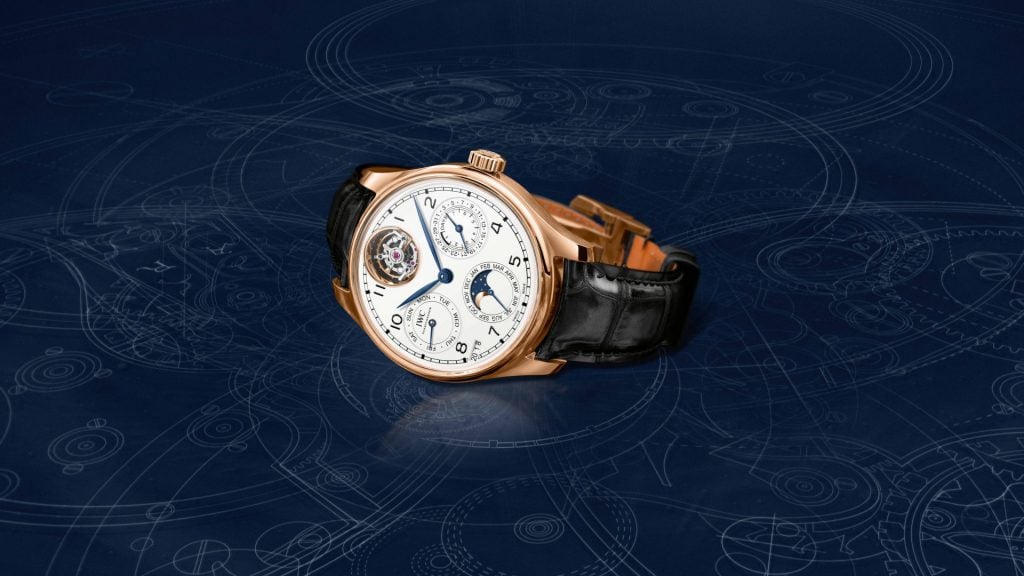
The selection of materials plays a fundamental role in determining a tourbillon watch’s value, with traditional precious metals like platinum and rose gold commanding premium prices. Contemporary watchmaking also introduces advanced materials such as ceramic composites, titanium alloys, and proprietary metal blends, each requiring specialized manufacturing processes and extensive research and development that contribute significantly to production costs.
The intricate nature of tourbillon movements demands extraordinary expertise and time investment from master watchmakers, with each mechanism containing hundreds of precisely manufactured components. The assembly process typically spans several months, requiring meticulous adjustment and testing to ensure optimal performance. These watches often incorporate additional complications that further increase complexity and manufacturing costs.
The reputation and market position of specific manufacturers significantly influence tourbillon watch prices beyond material and labor costs. Established houses with centuries of watchmaking history command premium prices due to their proven expertise and consistent innovation in the field. Brand heritage often serves as a key value driver, with certain manufacturers maintaining strict production limits to ensure exclusivity.
Buying Guide for Tourbillon Watches
Navigating the complex world of tourbillon timepieces requires careful consideration of numerous factors that influence both immediate satisfaction and long-term value. This comprehensive guide addresses key considerations for collectors and enthusiasts seeking to make informed decisions when investing in these extraordinary mechanical masterpieces.
Budgeting
Establishing a realistic budget for a tourbillon watch requires understanding both the initial investment and potential long-term value considerations. While established manufacturers typically command higher prices, their timepieces often demonstrate stronger value retention in the secondary market due to consistent demand and proven track records for quality and innovation.
Research historical pricing trends and market performance across different brands and models to make informed investment decisions. Consider additional costs beyond the purchase price, including specialized insurance coverage, regular maintenance requirements, and potential future service needs when determining your total budget allocation for this significant horological investment.
Authenticity Checks
Establishing the authenticity of a tourbillon watch demands careful attention to numerous details, from movement finishing to accompanying documentation. Work exclusively with authorized dealers or highly reputable secondary market specialists who maintain transparent business practices and offer comprehensive authentication services for every timepiece they handle.
Thoroughly examine all documentation, including certificates of authenticity, original warranty cards, and detailed service history records that should accompany any high-end tourbillon watch. Request detailed photographs of movement finishing, case hallmarks, and serial numbers, comparing these elements with known authentic examples from the manufacturer to verify legitimacy.
Maintenance Considerations
Preserving the value and performance of a tourbillon watch requires adherence to regular maintenance schedules performed by qualified watchmakers with specific expertise in high complications. Plan for recommended service intervals, typically every 3-5 years depending on the movement complexity and manufacturer specifications, ensuring optimal performance and value retention.
Consider the accessibility of authorized service centers and the availability of original replacement parts when selecting particular brands or models. Some manufacturers require watches to return to their central facilities for maintenance, which can impact both service costs and timeframes. Factor these logistical considerations into your ownership planning to avoid unexpected complications.
Investing in Horological Excellence
The enduring appeal of tourbillon watches extends far beyond their primary function as timekeeping instruments, representing the pinnacle of mechanical watchmaking achievement. These extraordinary timepieces combine centuries of traditional craftsmanship with modern innovation and artistic expression, creating mechanical masterpieces that celebrate human ingenuity and technical excellence.
Each tourbillon watch tells a unique story of devotion to perfection and mechanical artistry. The investment in such a timepiece transcends pure monetary considerations, offering entry into an exclusive world where engineering precision meets artistic expression. These watches serve as tangible connections to watchmaking heritage while embracing contemporary innovations in design and technology.
The journey into fine watchmaking represents more than a simple purchase; it marks the beginning of a profound appreciation for mechanical art and technical innovation. At Bob’s Watches, we take pride in guiding collectors through our carefully curated selection of luxury watches for sale, ensuring each investment reflects both personal preferences and enduring value in the world of haute horlogerie.


